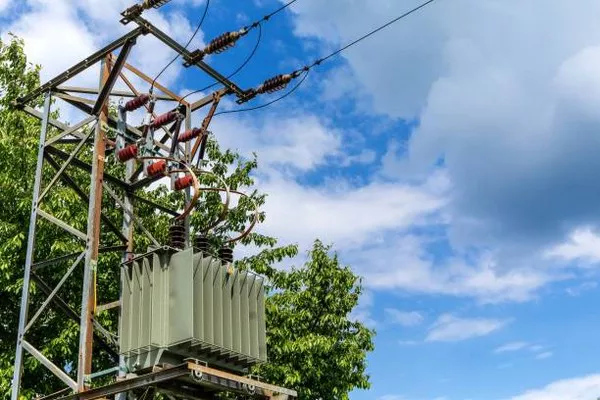Electrical transformers play a pivotal role in the efficient distribution and utilization of electrical energy in modern power systems. These devices are indispensable in altering the voltage levels of alternating current (AC), facilitating the safe and economical transmission of electricity over long distances. In this article, we will delve into the fundamental principles behind electrical transformers and explore how they transform current to meet the diverse needs of various electrical devices and systems.
Basic Principles of Electrical Transformers
At its core, an electrical transformer consists of two coils of wire, known as the primary and secondary windings, which are magnetically coupled by a common core. The primary winding is connected to the input voltage source, while the secondary winding is linked to the load or the device that requires electrical power. The transformer operates on the principle of electromagnetic induction, a phenomenon discovered by Michael Faraday in the 19th century.
When an alternating current flows through the primary winding, it produces a changing magnetic field around the winding. This changing magnetic field induces a voltage in the secondary winding through electromagnetic induction. The induced voltage in the secondary winding is directly proportional to the turns ratio of the windings, allowing for precise control over the output voltage.
Voltage Transformation
One of the primary functions of electrical transformers is to transform voltage levels. Transformers can step up or step down the voltage, depending on the turns ratio between the primary and secondary windings. Stepping up the voltage is achieved when the secondary winding has more turns than the primary winding. Conversely, stepping down the voltage occurs when the secondary winding has fewer turns than the primary winding.
Voltage transformation is crucial for efficient power transmission and distribution. High-voltage transmission lines are used to transport electricity over long distances, as lower currents at higher voltages result in reduced energy losses. At the destination, transformers step down the voltage to safer levels suitable for residential, commercial, and industrial applications.
Current Transformation
While transformers are primarily known for voltage transformation, they also have a significant impact on the current in an electrical circuit. According to the principle of power conservation, the product of current and voltage remains constant in an ideal transformer. This means that an increase in voltage is accompanied by a proportional decrease in current, and vice versa.
This equation highlights the inverse relationship between voltage and current in a transformer. As voltage increases, current decreases, and vice versa. This characteristic has significant implications for power distribution and the design of electrical systems.
Effect on Power Losses
One of the key advantages of current transformation in transformers is the impact on power losses during transmission. Power loss in a conductor is proportional to the square of the current (P_loss ∝ I^2). By reducing the current while stepping up the voltage for transmission, transformers help minimize energy losses in the power lines.
Lower current levels result in reduced resistive heating of the transmission lines, making power transmission more economical and efficient. This is particularly important in long-distance power transmission scenarios where minimizing energy losses is critical to maintaining the overall efficiency of the electrical grid.
Application in Electrical Grids
The electrical grid, a complex network of power generation, transmission, and distribution, relies heavily on the use of transformers to ensure the reliable supply of electricity. Transformers are strategically placed at various points in the grid to facilitate voltage regulation, match different voltage levels, and control power flow.
Substations, for example, house transformers that convert high-voltage power from transmission lines to lower voltages suitable for distribution to homes and businesses. These distribution transformers play a crucial role in ensuring that electricity reaches end-users at safe and usable voltage levels.
See Also:What Is The Basic Functionality Of A Electrical Transformer?
Conclusion
In conclusion, electrical transformers are essential devices that play a fundamental role in shaping the characteristics of alternating current. Beyond their well-known function of voltage transformation, transformers exert a profound influence on current levels, influencing power losses, and contributing to the overall efficiency of electrical systems. As the demand for electricity continues to grow, transformers will remain indispensable in the quest for a more reliable, efficient, and sustainable electrical infrastructure. Understanding the principles of current transformation in transformers is crucial for engineers, electricians, and policymakers working towards a resilient and future-ready power grid.

